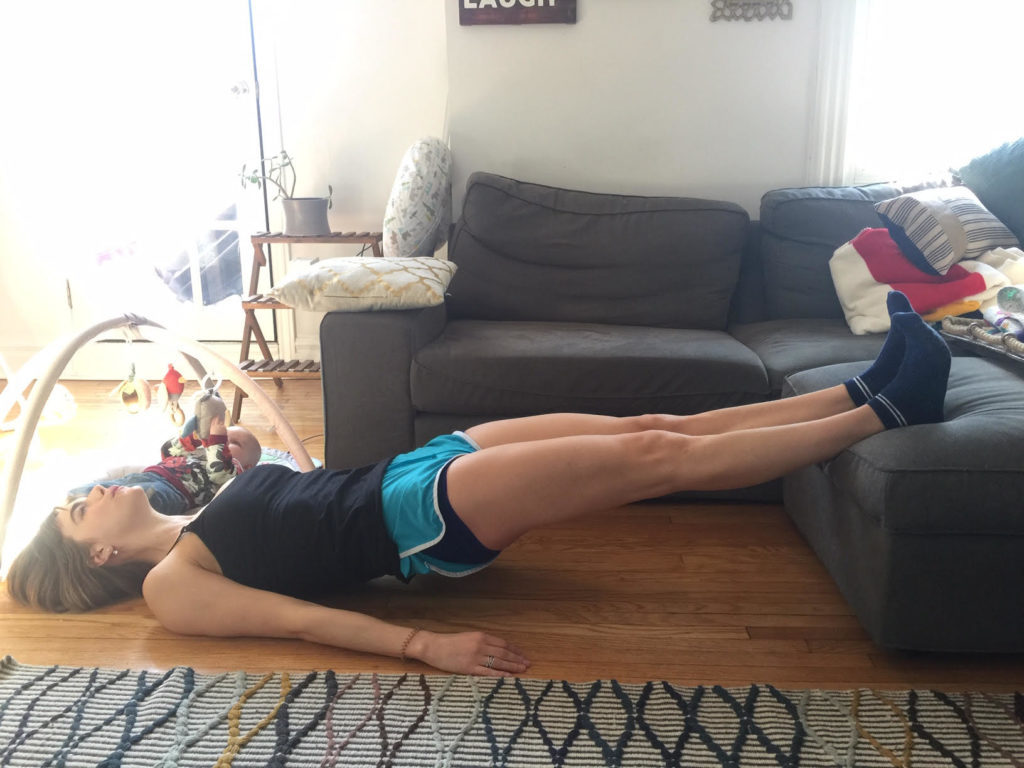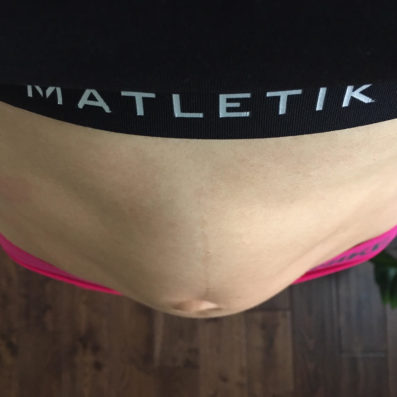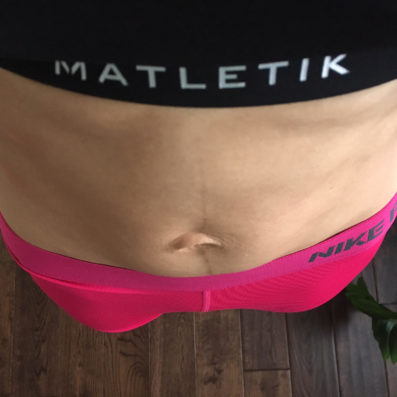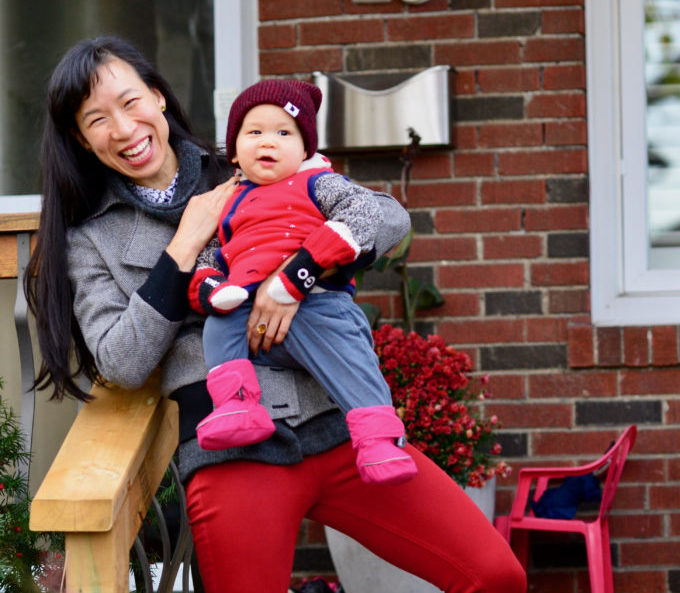You’ve recently given birth, and at your six-week follow up appointment, your obstetrician clears you for exercise. They don’t say much more on the topic, and you wonder:
Should I get a gym membership? My stomach looks and feels like mush — should I get back to crunches right away? Can I do sit ups after a c-section? Can I run my first half marathon in five months? These are just a few of the questions that might cross your mind, with the biggest one being: where do I even start?
With 15+ years of answering these types of questions, I’ve boiled it all down to a simple framework. To maximize postpartum healing and return to physical activity with minimal risk of injury, you must respect the Three R’s.
#1. Reactivate
Definition: learn to contract weak and overstretched muscles again.
At 40 weeks of pregnancy, your four abdominal muscles are stretched maximally. Immediately after delivery, it’s important to learn how to reactivate the two down the middle, as they have been stretched the most: the transverse abdominus (TVA), followed by the rectus abdominus (RA, known commonly as the “six pack”). Because 100% of pregnancies result in diastasis rectus abdominus (also incorrectly called “split abs”), TVA’s are needed to create tone between the middle edges of the RA, and therefore allow your diastasis to recover. Learn to activate your TVA’s by gently drawing your navel in and up and wrapping your abdominals without puffing up your chest or changing the shape of your spine.
It is also important to learn to reactivate your pelvic floor, regardless of whether you’ve had a vaginal birth or c-section. It is possible to experience urinary incontinence for weeks or months following childbirth, and/or painful sex. Despite anecdotal advice, this isn’t considered normal and should be addressed early on.
Finally, you will never spend more time sitting in your life than during the first few months postpartum. Along with deceased physical activity, the end result are sleepy gluteus maximus (buttocks) muscles. Because these muscles are incredibly important in posture, sports and preventing low back pain, I teach every new mom to properly contract their glutes and supporting musculature.

#2. Repattern
Definition: learn to move weak and overstretched muscles correctly.
Muscles don’t contract in isolation — to accomplish a movement, your muscles contract in groups and in a particular sequence. However with pregnancy, your body changes the sequencing (or muscle patterning) to accommodate a growing fetus. In other words, your baby gets in the way of moving normally.
Pregnancy compensations occur with many movements including breathing, sitting up, and spinal alignment/posture. Since these incorrect movement patterns can remain long after childbirth, teaching the body to move correctly will greatly reduce the chance of injury when returning to physical activity/sports.
In my practice, I have seen women skip this Repatterning stage of healing and return to physical activity/sport. This is premature and will cause chronic pain and injuries of seemingly unknown origin — it is only a matter of time. Common examples include low back pain, knee pain and rotator cuff strains. Don’t be a statistic: do your repatterning homework and do it well!


#3. Restrengthen
Definition: loading of movement patterns with correct form.
Only when the first and second R’s are completed does Restrengthening make sense. And nailing the correct form always matters.
I see this frequently: people at the gym squatting, deadlifting and bench pressing impressive weights…but they’re doing it wrong, resulting in chronic pain and, eventually, inevitable injury.
The same applies to new moms. In the postpartum phase of restrengthening, we must rethink what “getting strong” looks like. It doesn’t have to mean a sweaty, hour-long workout at the gym; loading can be accomplished in infinite ways. Sure, you can do it with dumbbells and barbells. But you can also increase load by doing one extra rep of an exercise, or exercising one extra day, or exercising one extra minute, or running just a bit faster than the last time. When load is progressively increased, you get stronger. It’s that simple.
Overall, my Three R’s apply to recovery from just about any injury, not just childbirth. And yes, childbirth is considered an injury — despite being natural, the symptoms and path to recovery are similar — the only difference is that this injury is totally worth it. ☺
****
Janette Yee is an athletic therapist and massage therapist in Toronto offering in-home pregnancy and postpartum rehabilitation. Over her 15-year career she has worked with amateur to elite athletes from every sport, specializing in running and rugby injuries. The toughest athletes by far are her moms. She fills her days with mandatory play time with her two kids aged 1 and 4, and is currently training for her return to competitive 5 km running.
Connect with Janette at @askjanette and www.janetteyee.com
Email: info@janetteyee.com
